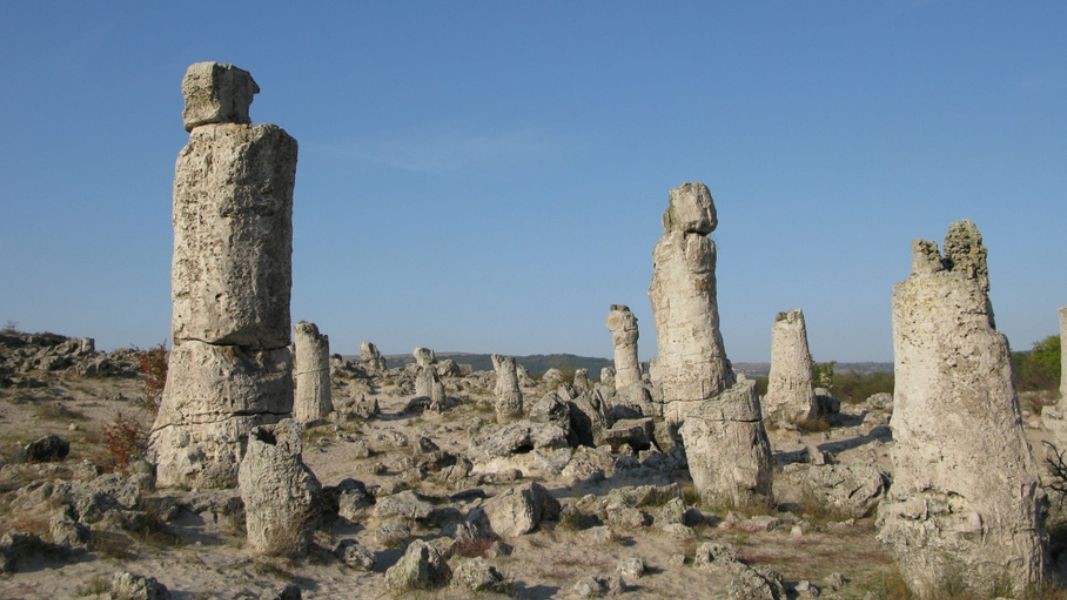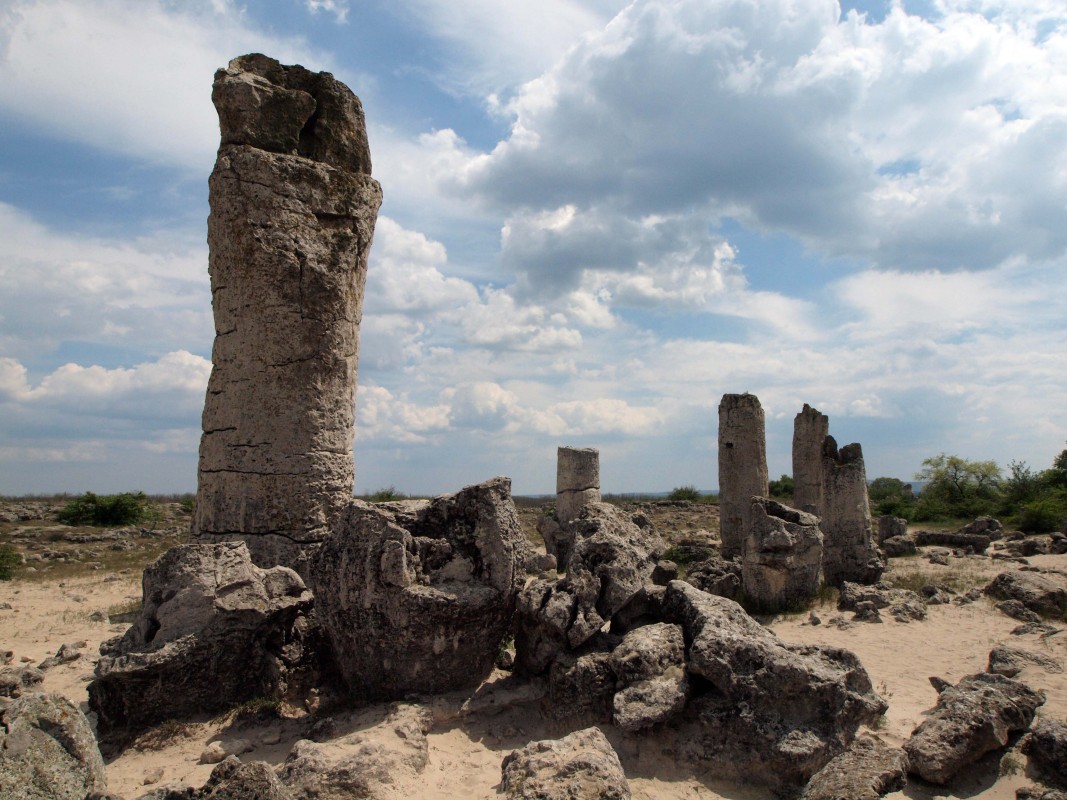



Bulgaria's national tourism portal has a new name and web address, the Ministry of Tourism said. Previously, the site was called BulgariaTravel.org , and it is now VisitBulgaria.com . According to Minister of Tourism Miroslav Borshosh, this is the..
The Dolphinarium in Varna is once again welcoming visitors. Starting today, it will offer three shows daily throughout the summer season, reported BGNES. Children will be greeted by Dolly, Yoanna, Bimbo, Kimbo and Flipper, who perform high..
The Rhodope Municipality of Ardino announced that it has begun preparing its candidacy for participation in the fifth edition of the UN World Tourism Organization's "Best Tourist Villages" initiative . The idea of the international..

+359 2 9336 661
